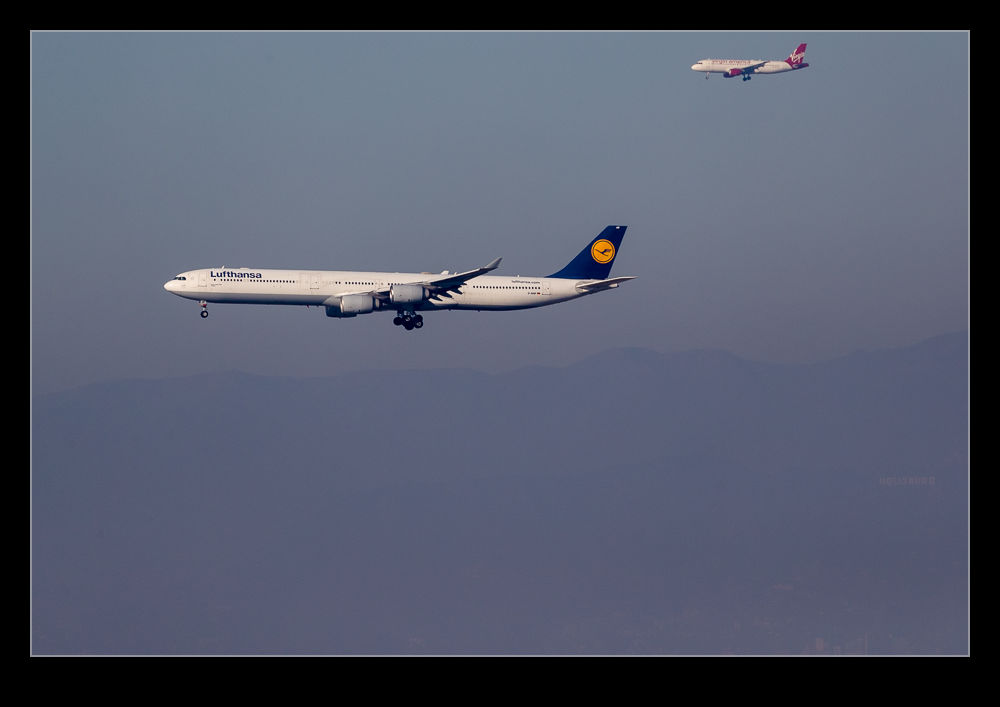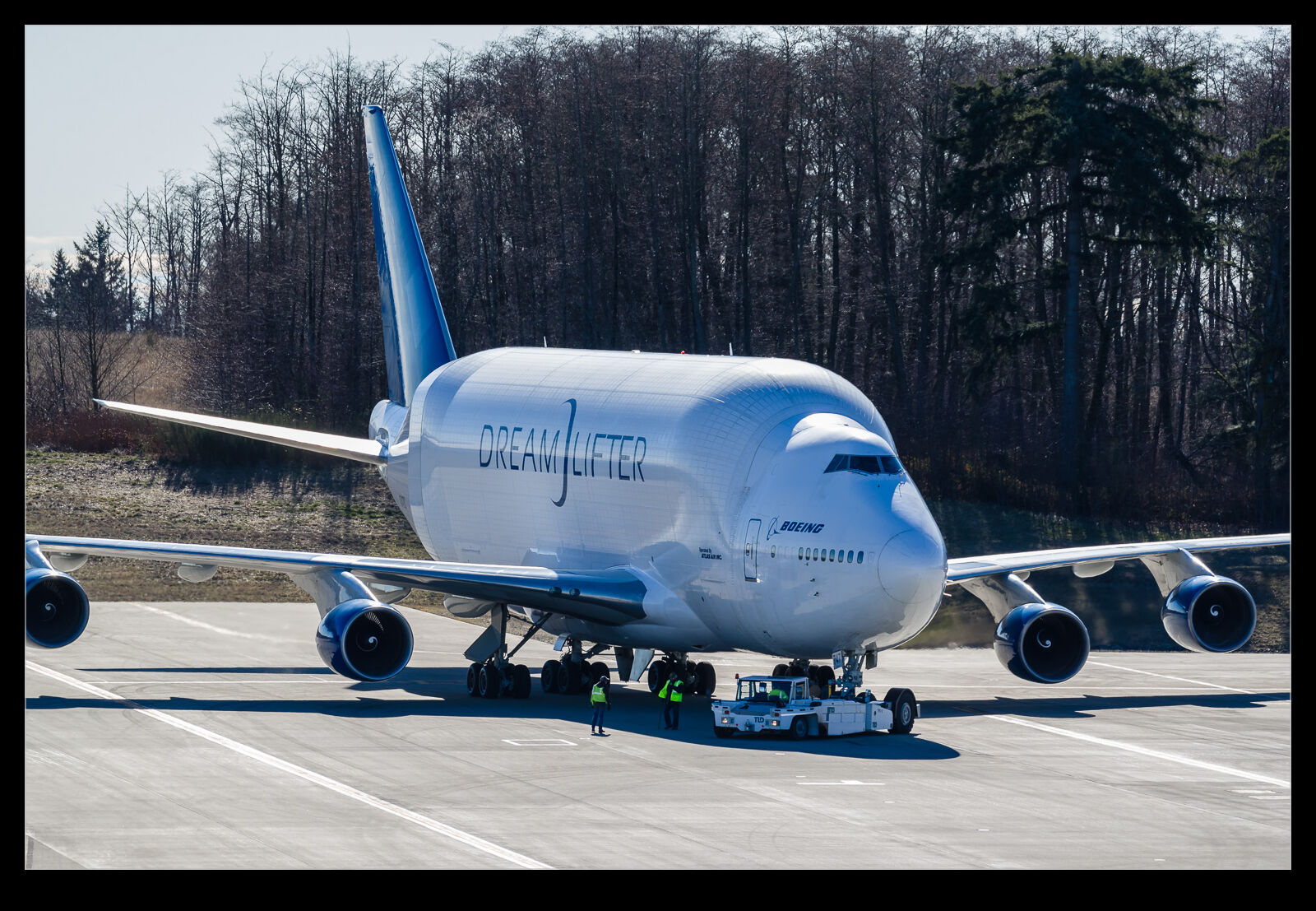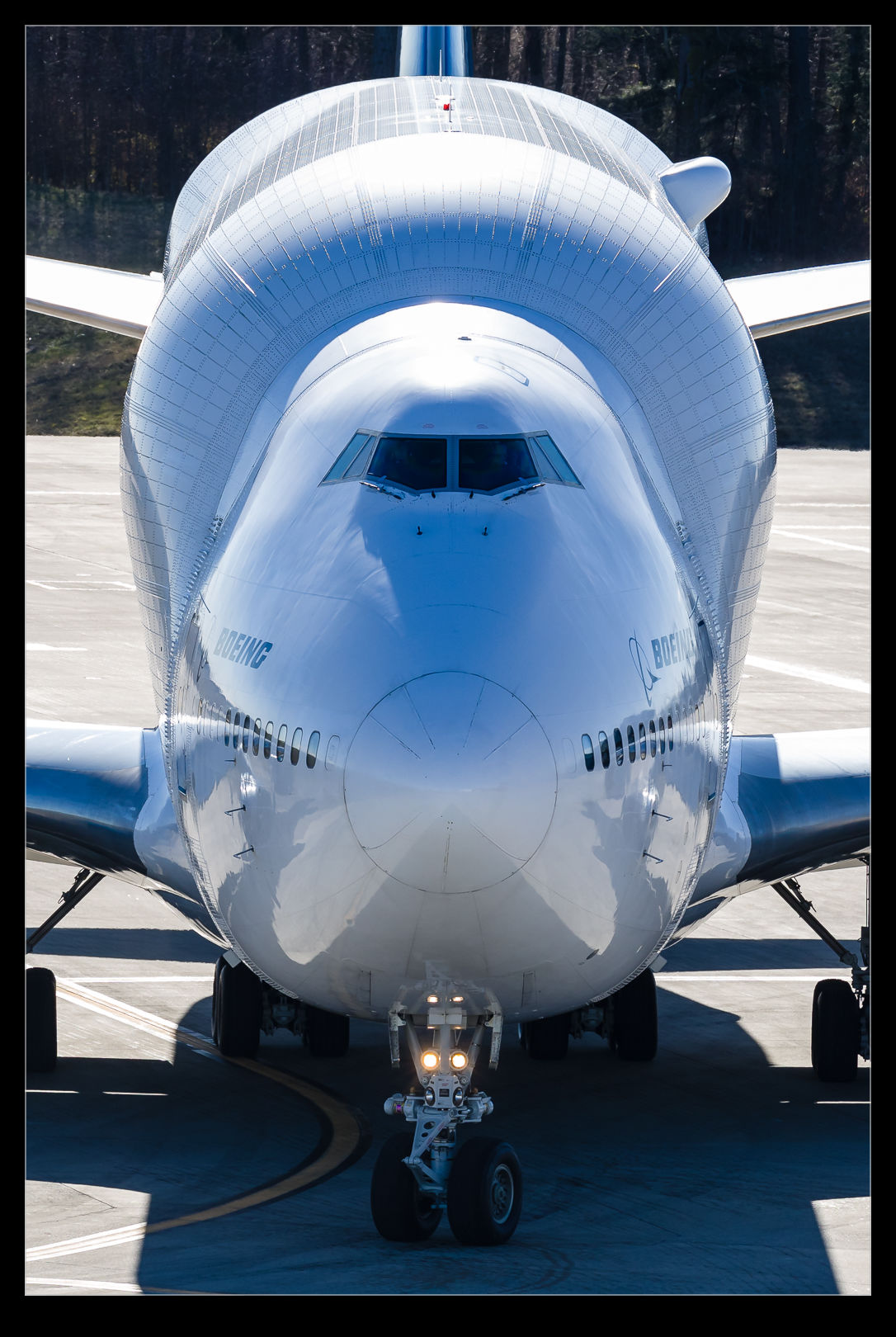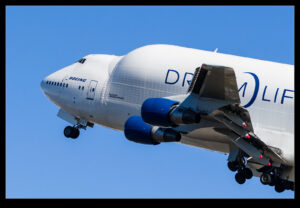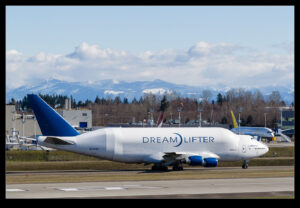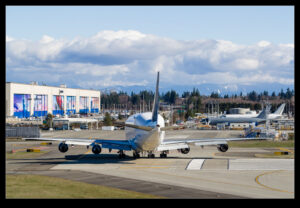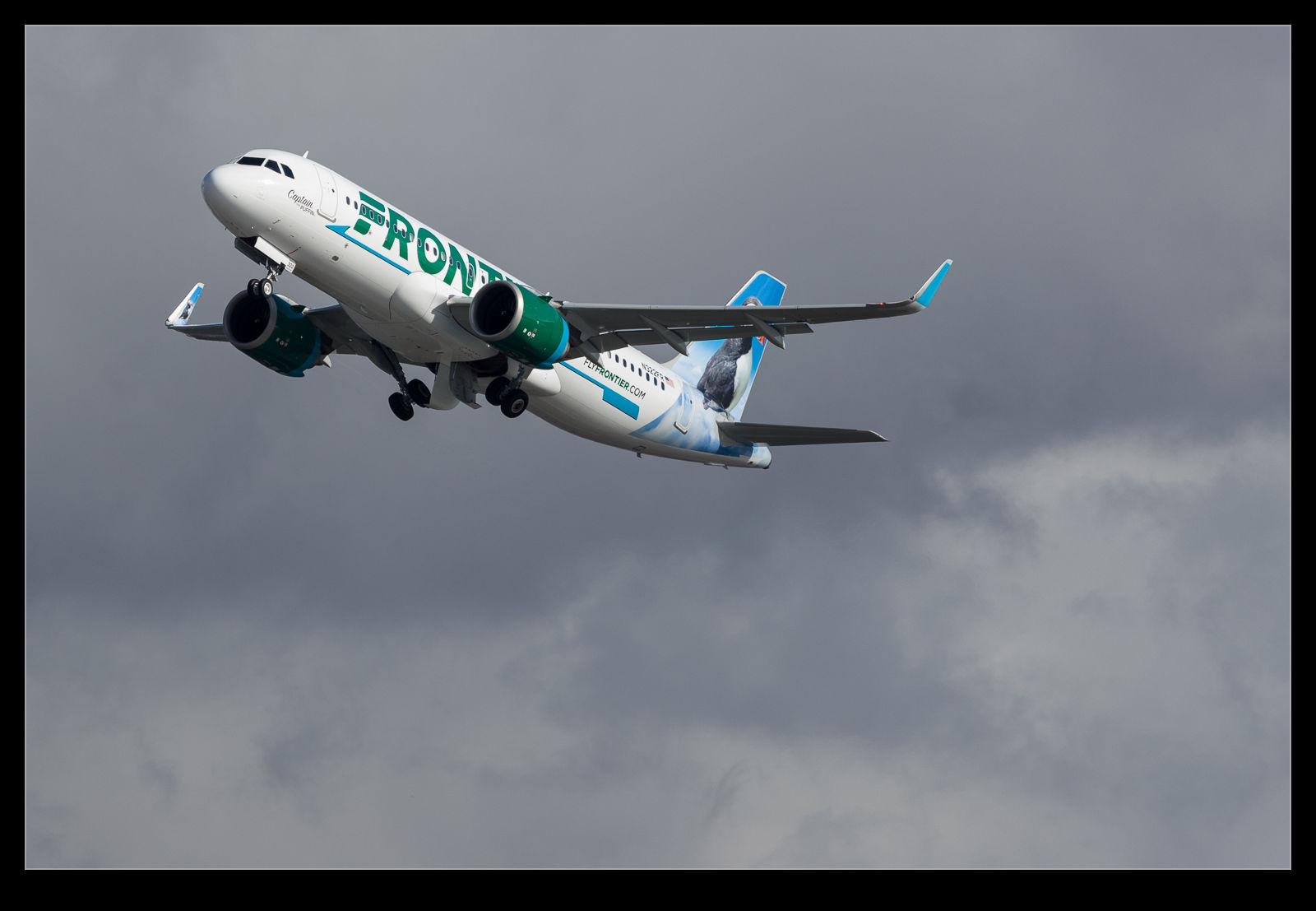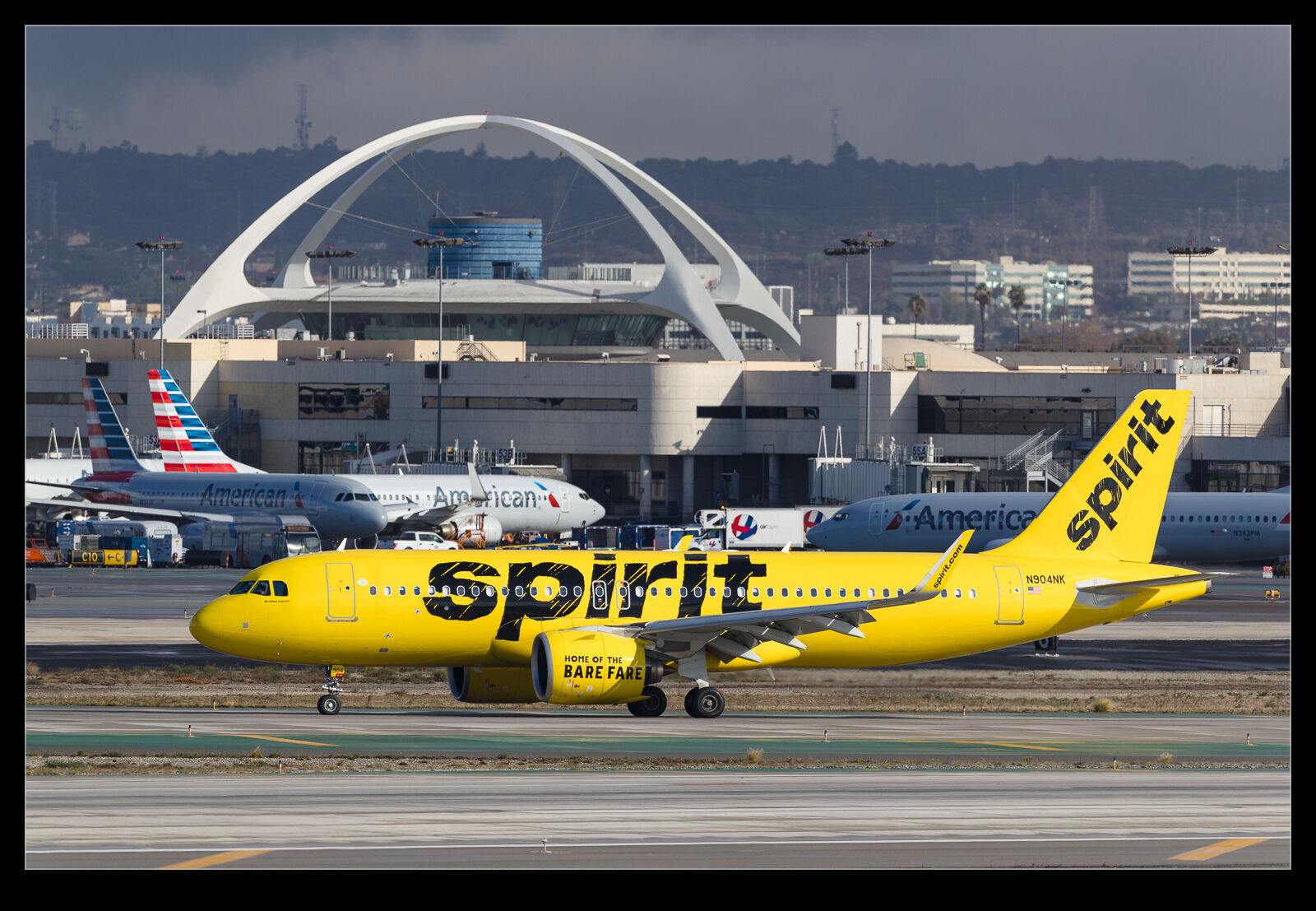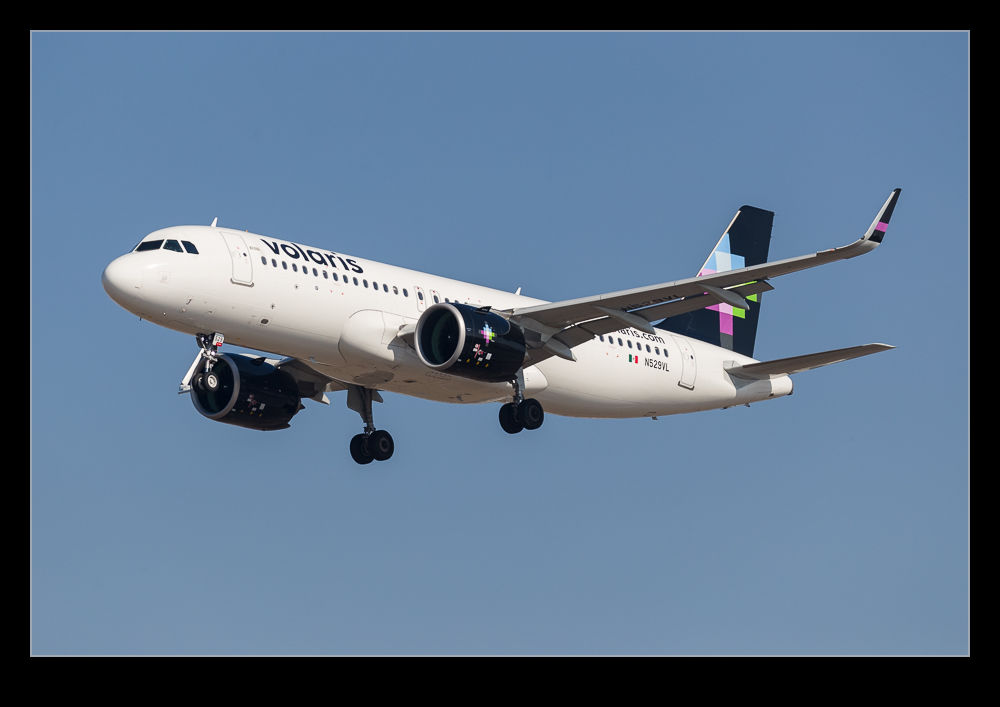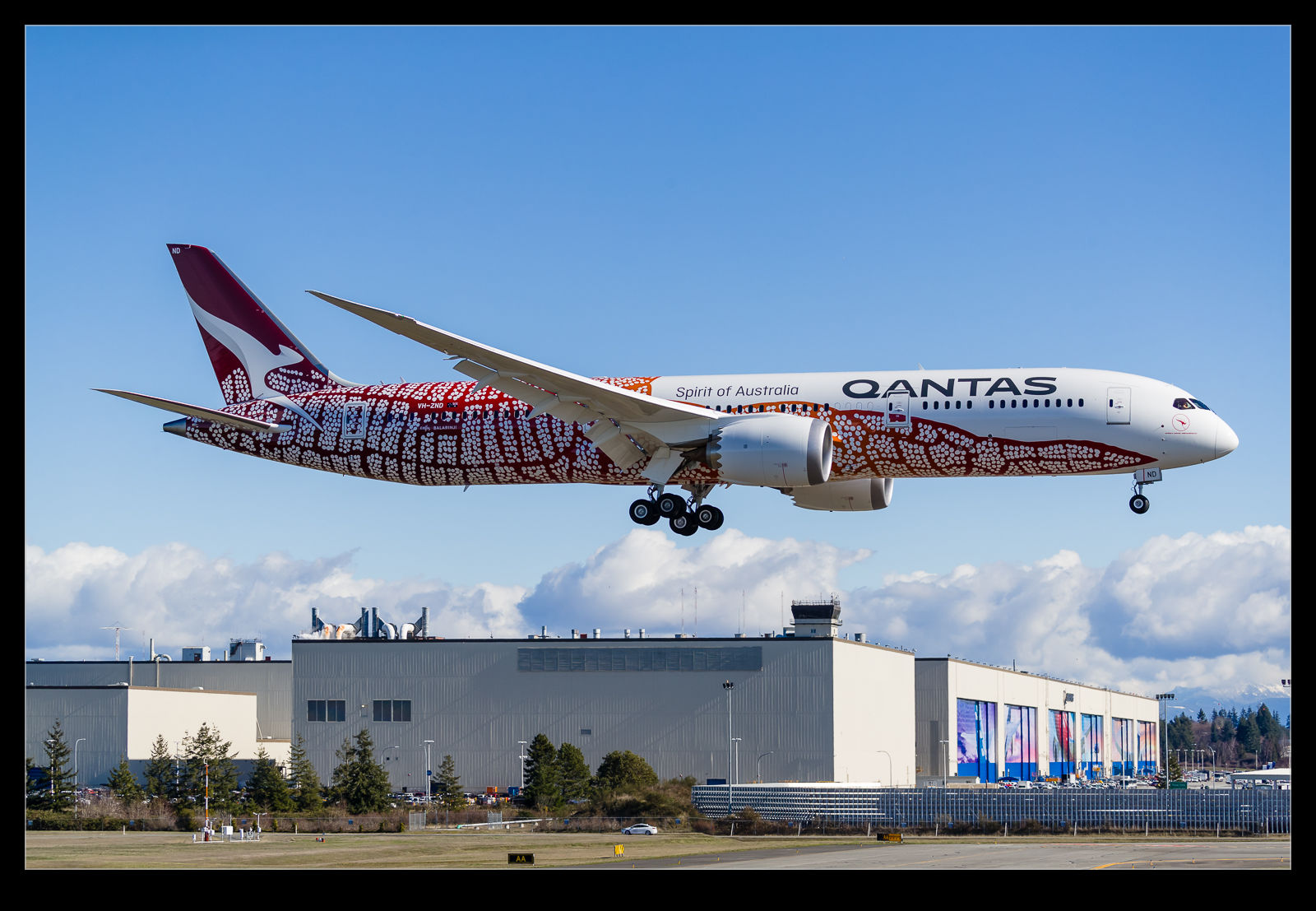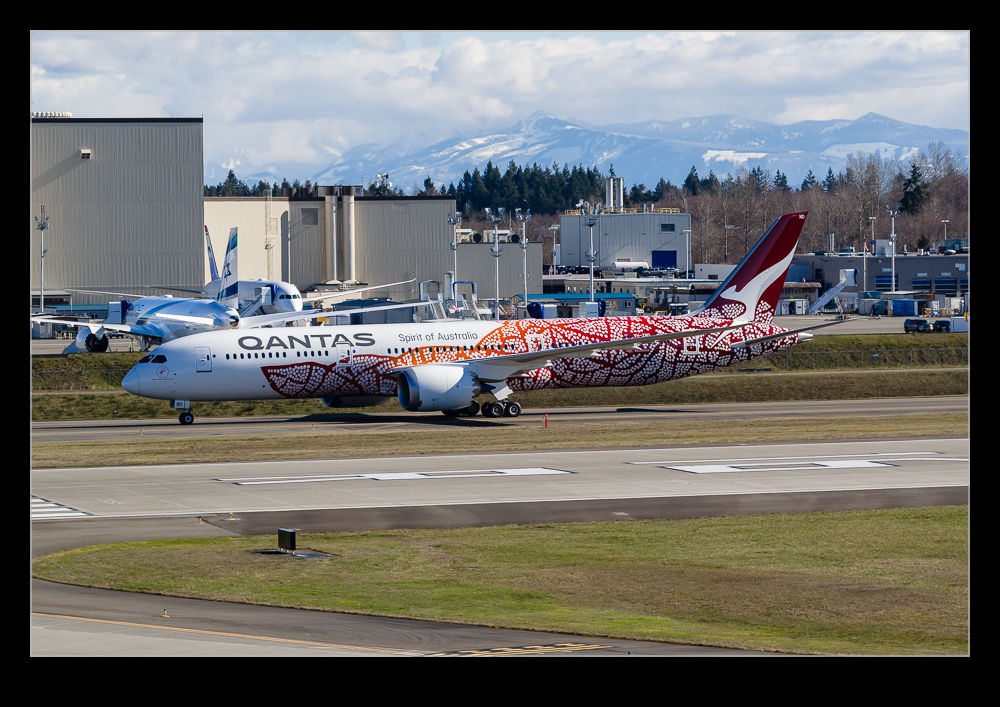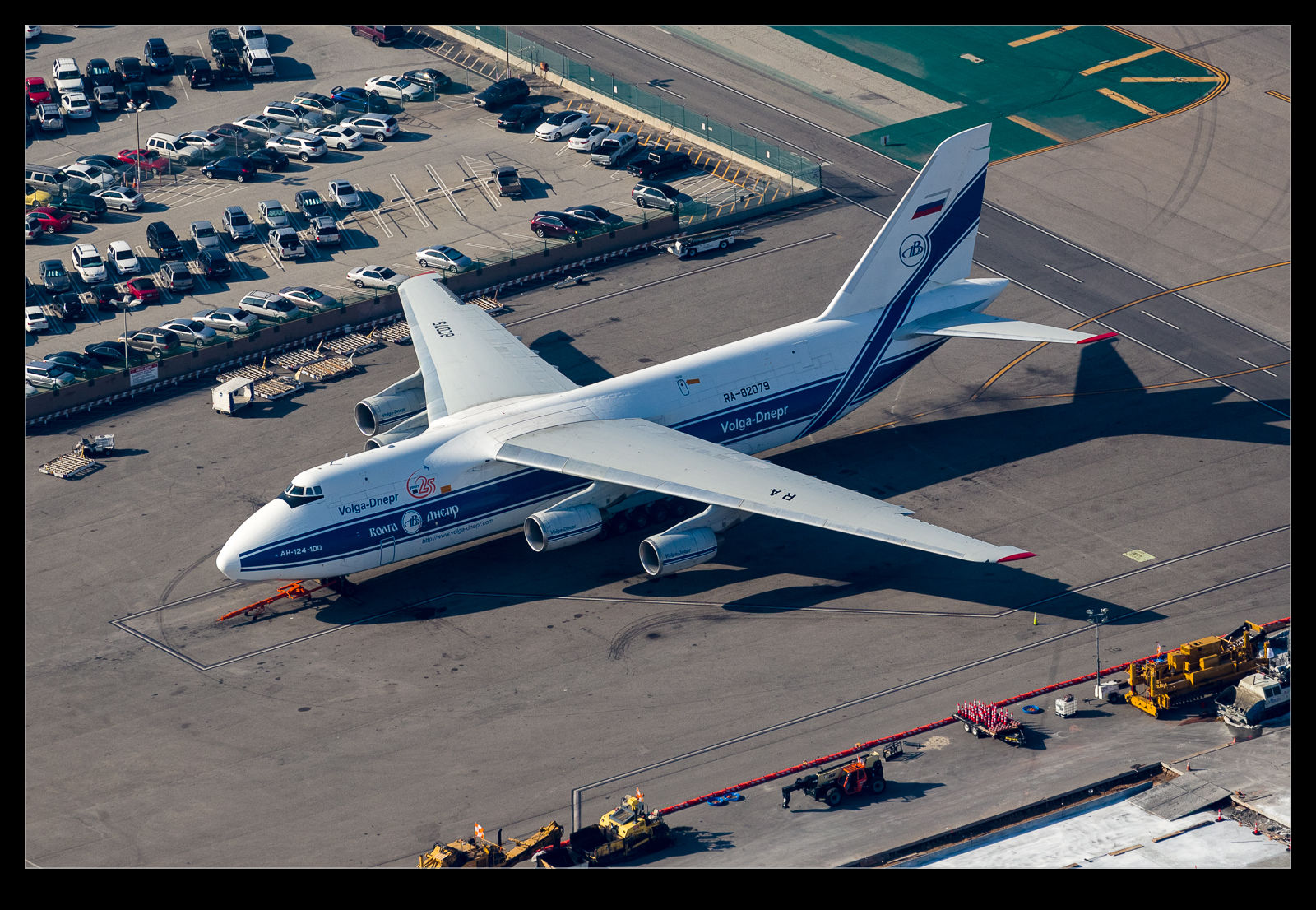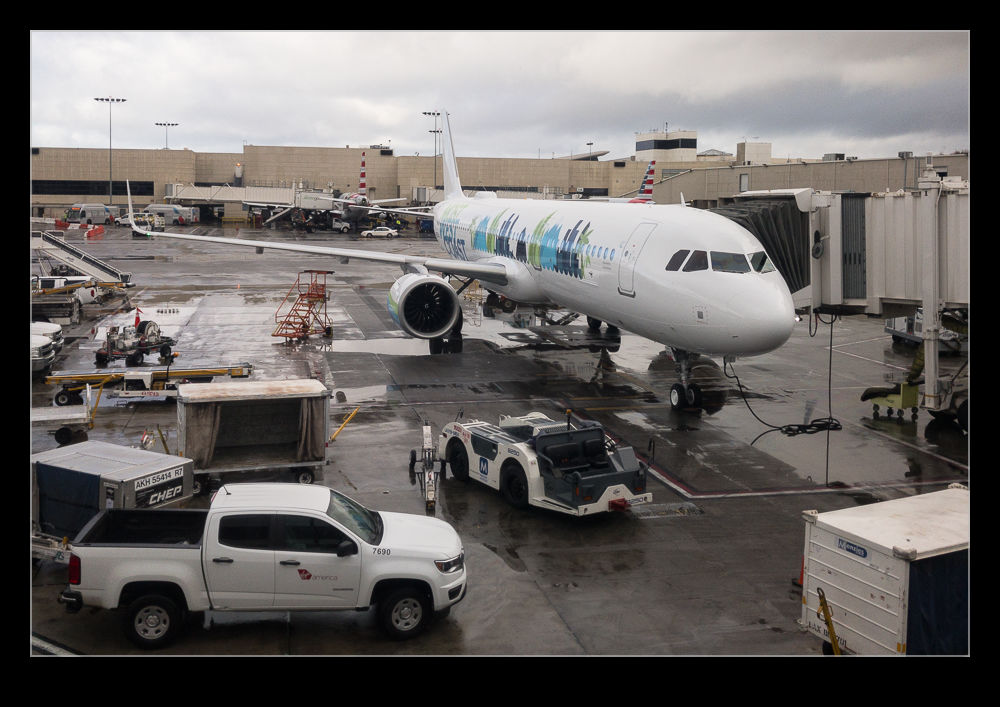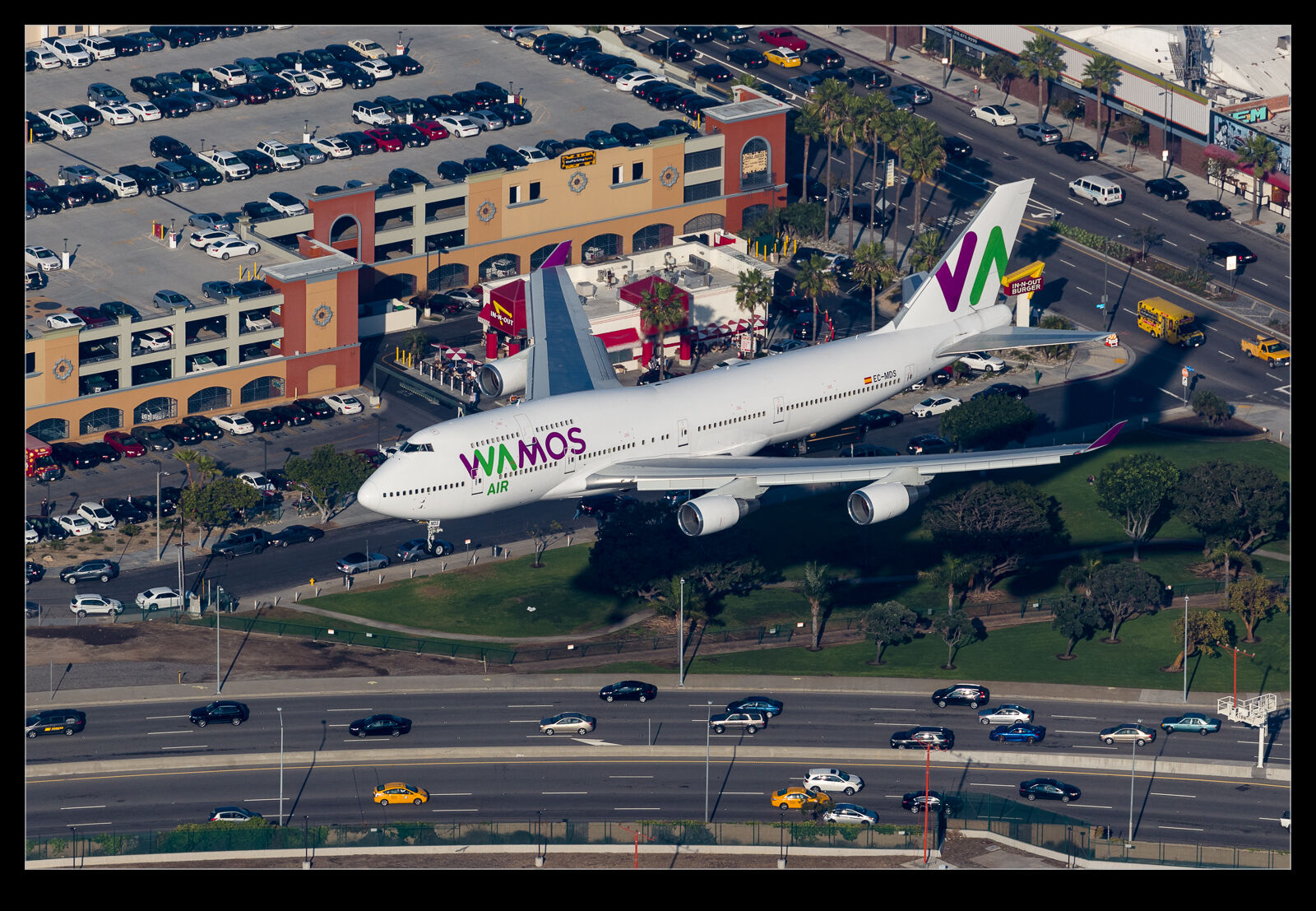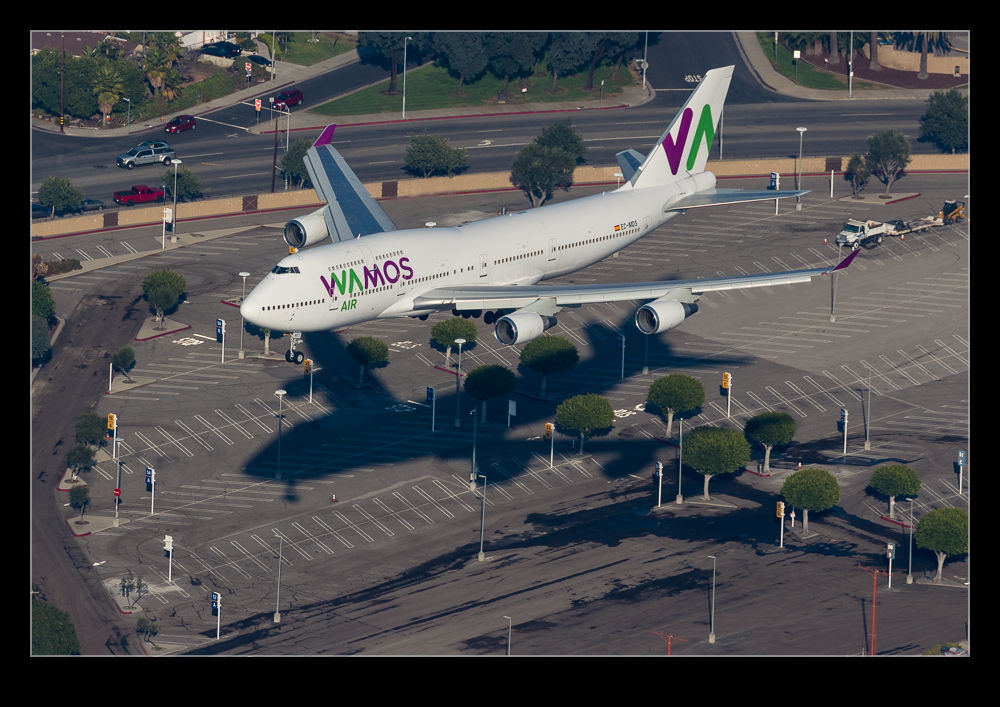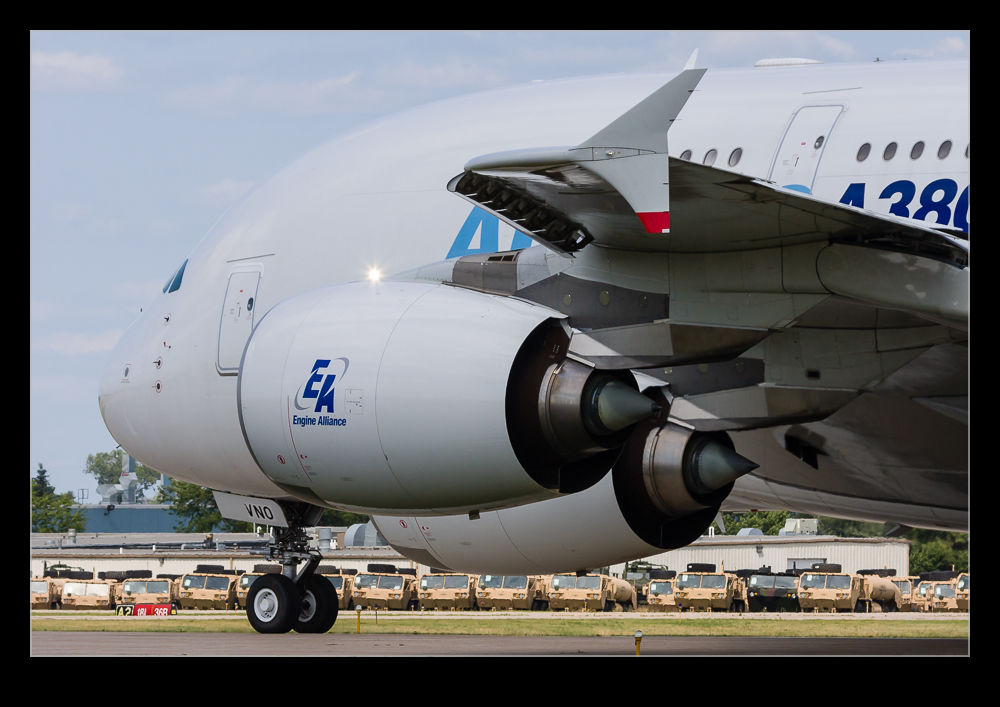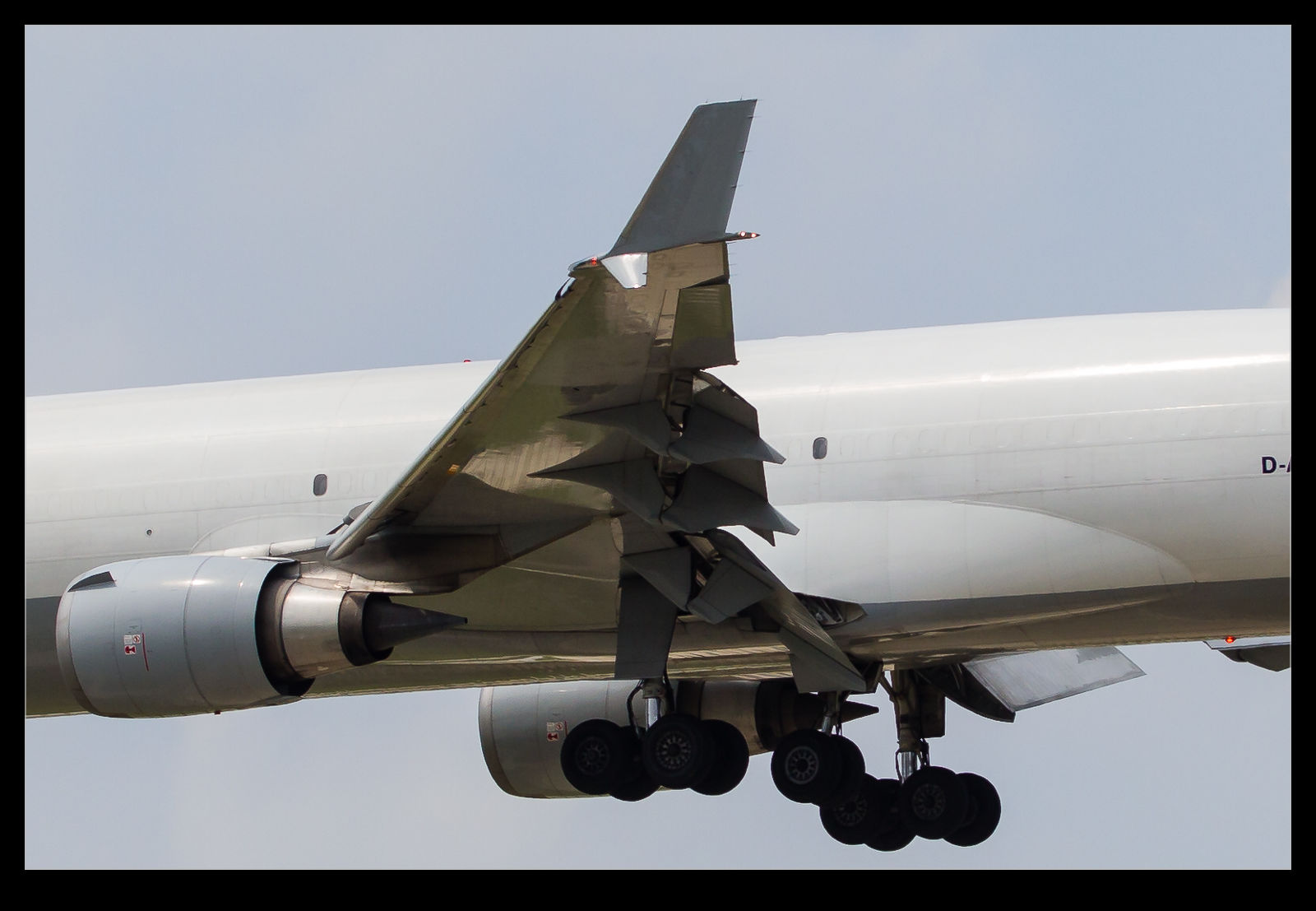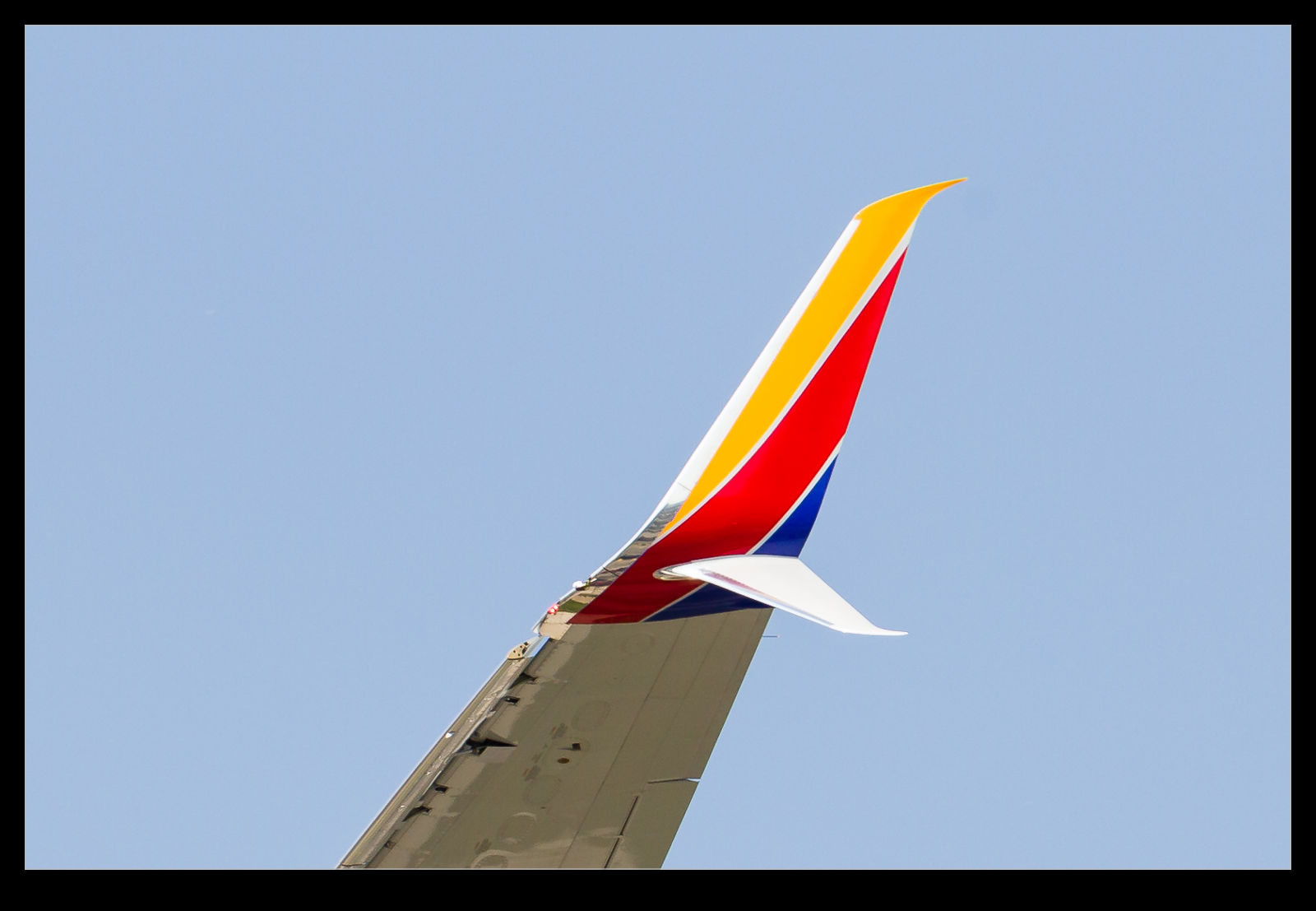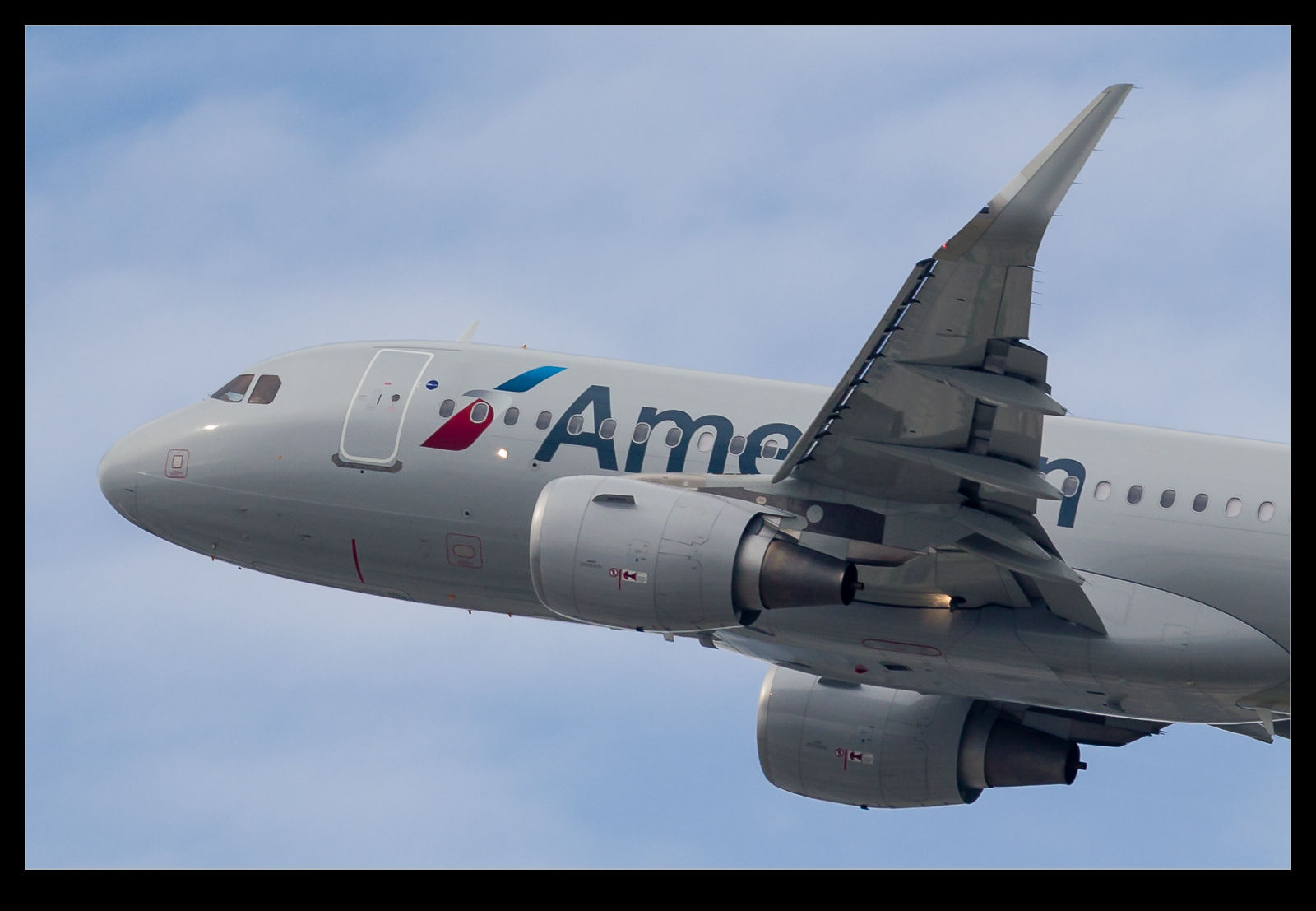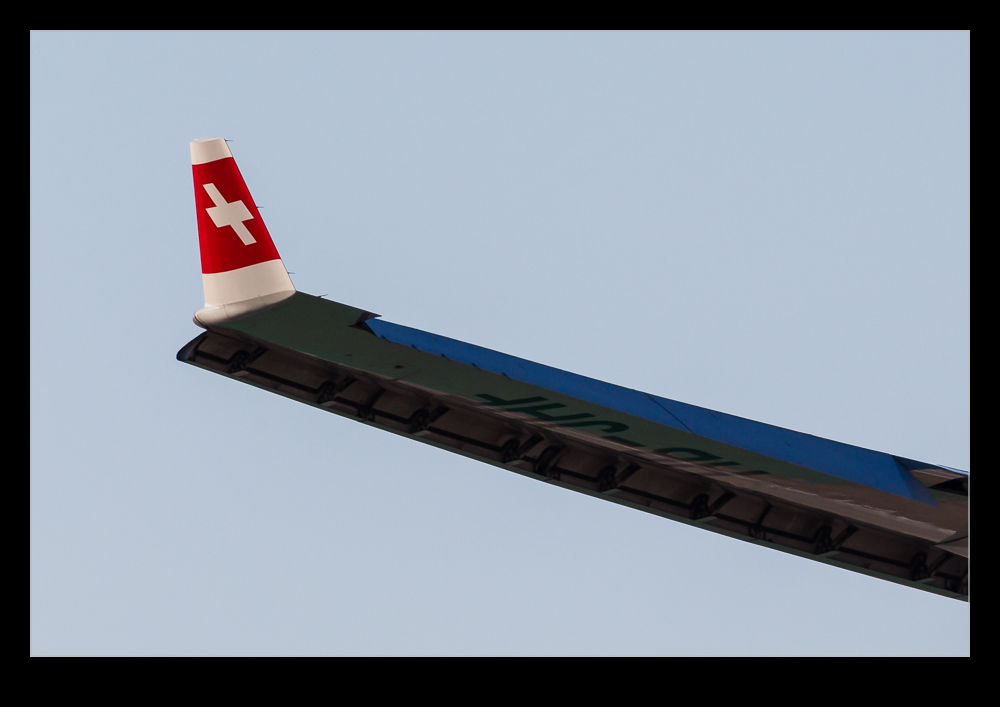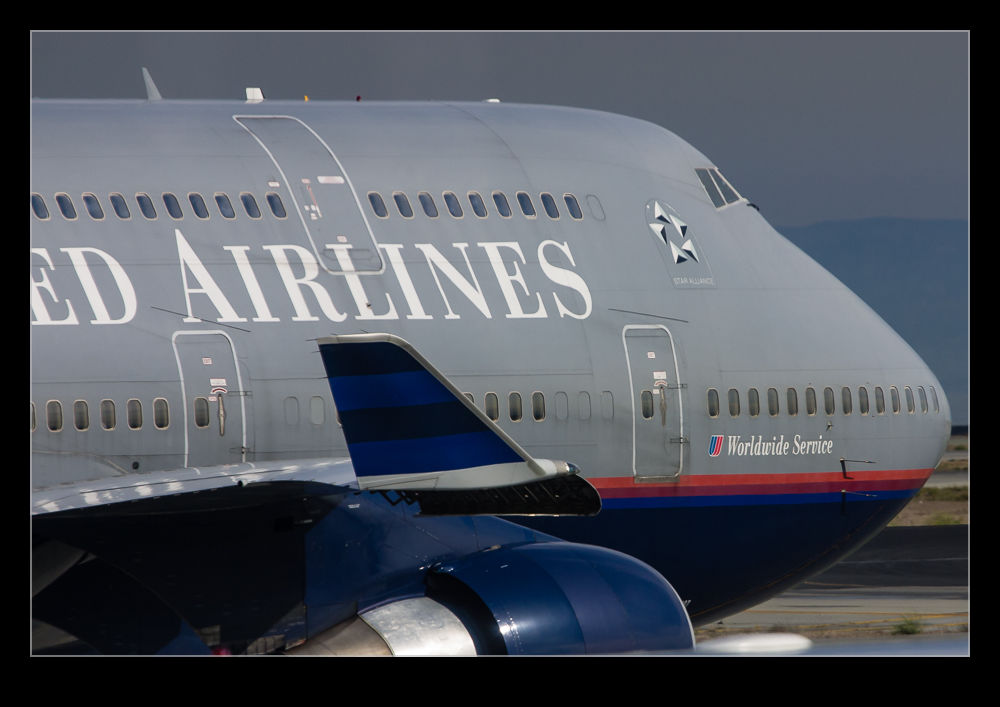 Back in the summer of 2017, we made a trip to Oregon for the solar eclipse. You can read all about that in previous posts here and here. The night before the eclipse, we stayed in Portland and the most convenient place to stay was at a hotel near the airport. The location turned out to be between the two runways at PDX and that evening the approach paths brought the planes in from our direction to the runways.
Back in the summer of 2017, we made a trip to Oregon for the solar eclipse. You can read all about that in previous posts here and here. The night before the eclipse, we stayed in Portland and the most convenient place to stay was at a hotel near the airport. The location turned out to be between the two runways at PDX and that evening the approach paths brought the planes in from our direction to the runways.
 I figured I could pop out for a few minutes and photograph some of the arrivals. The evening light was coming in and we were a little on the wrong side of the closer runway but this was an impromptu shoot so I didn’t mind. A little biz jet traffic came in on the other runway while I got a selection of Q400s, FedEx freighters and the usual narrowbodies.
I figured I could pop out for a few minutes and photograph some of the arrivals. The evening light was coming in and we were a little on the wrong side of the closer runway but this was an impromptu shoot so I didn’t mind. A little biz jet traffic came in on the other runway while I got a selection of Q400s, FedEx freighters and the usual narrowbodies.
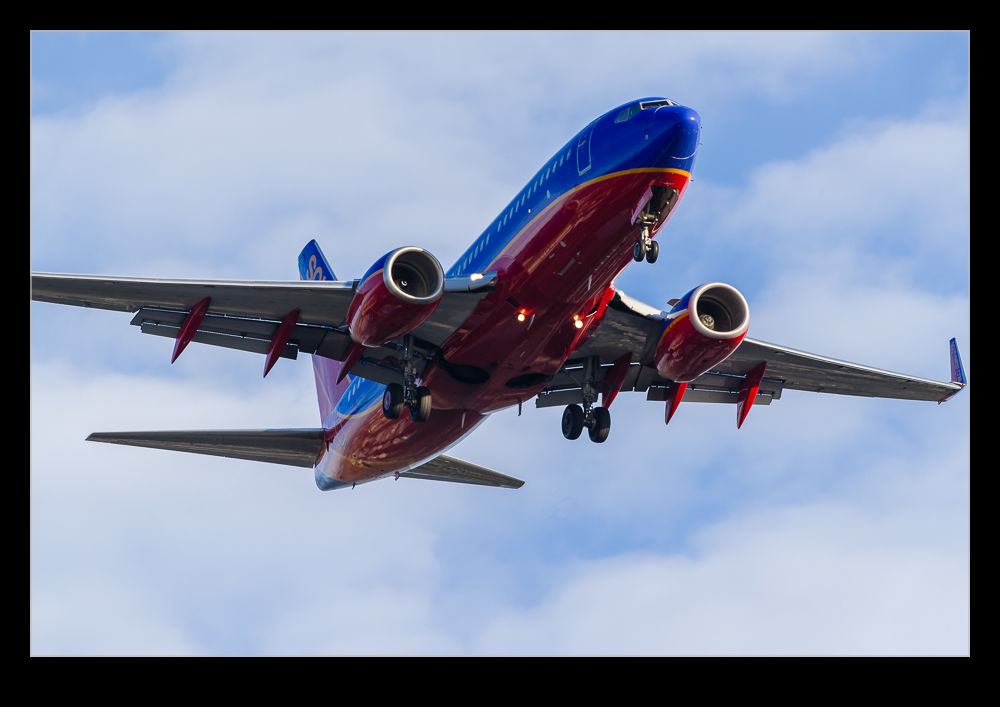 Since I was close to the centerline of the approach, it provided a slightly different perspective to that which I would normally go for. Looking up and almost straight down the nose is interesting. Not something to do all the time but certainly some variety (particularly if it only requires you to walk out to the parking lot). It’s good to try different angles on a regular basis and avoid getting repetitive.
Since I was close to the centerline of the approach, it provided a slightly different perspective to that which I would normally go for. Looking up and almost straight down the nose is interesting. Not something to do all the time but certainly some variety (particularly if it only requires you to walk out to the parking lot). It’s good to try different angles on a regular basis and avoid getting repetitive.



